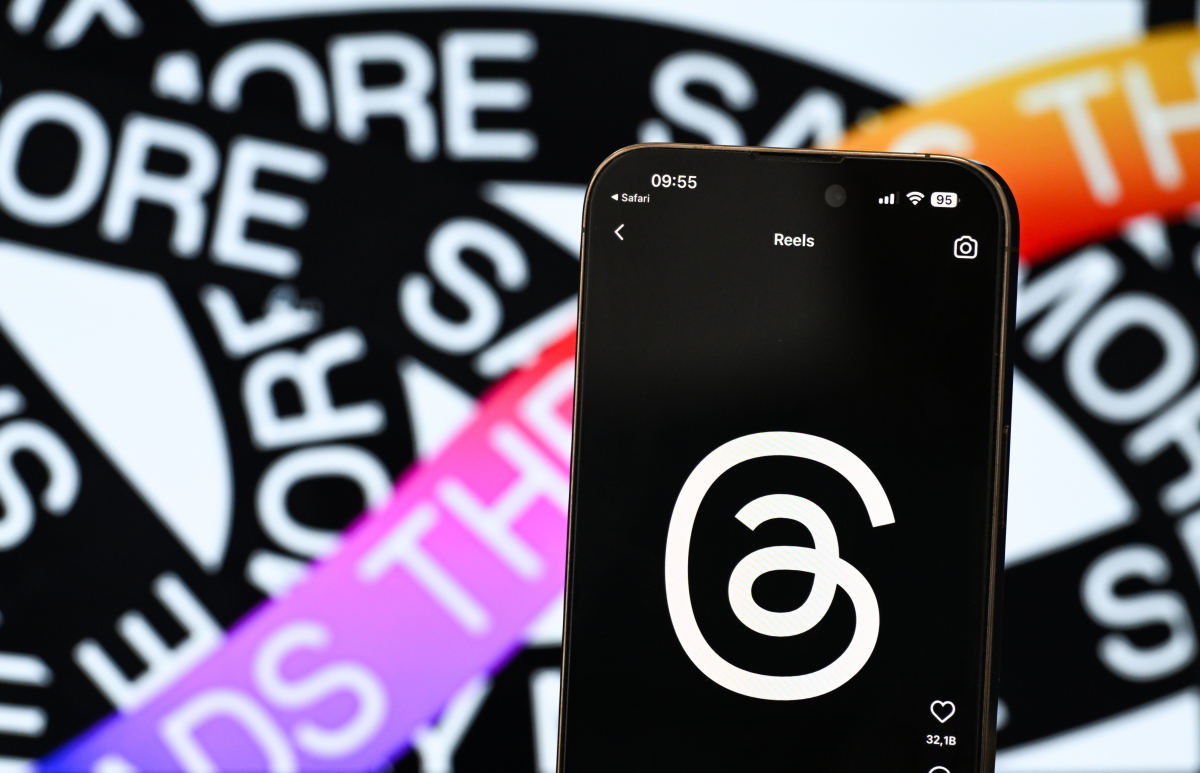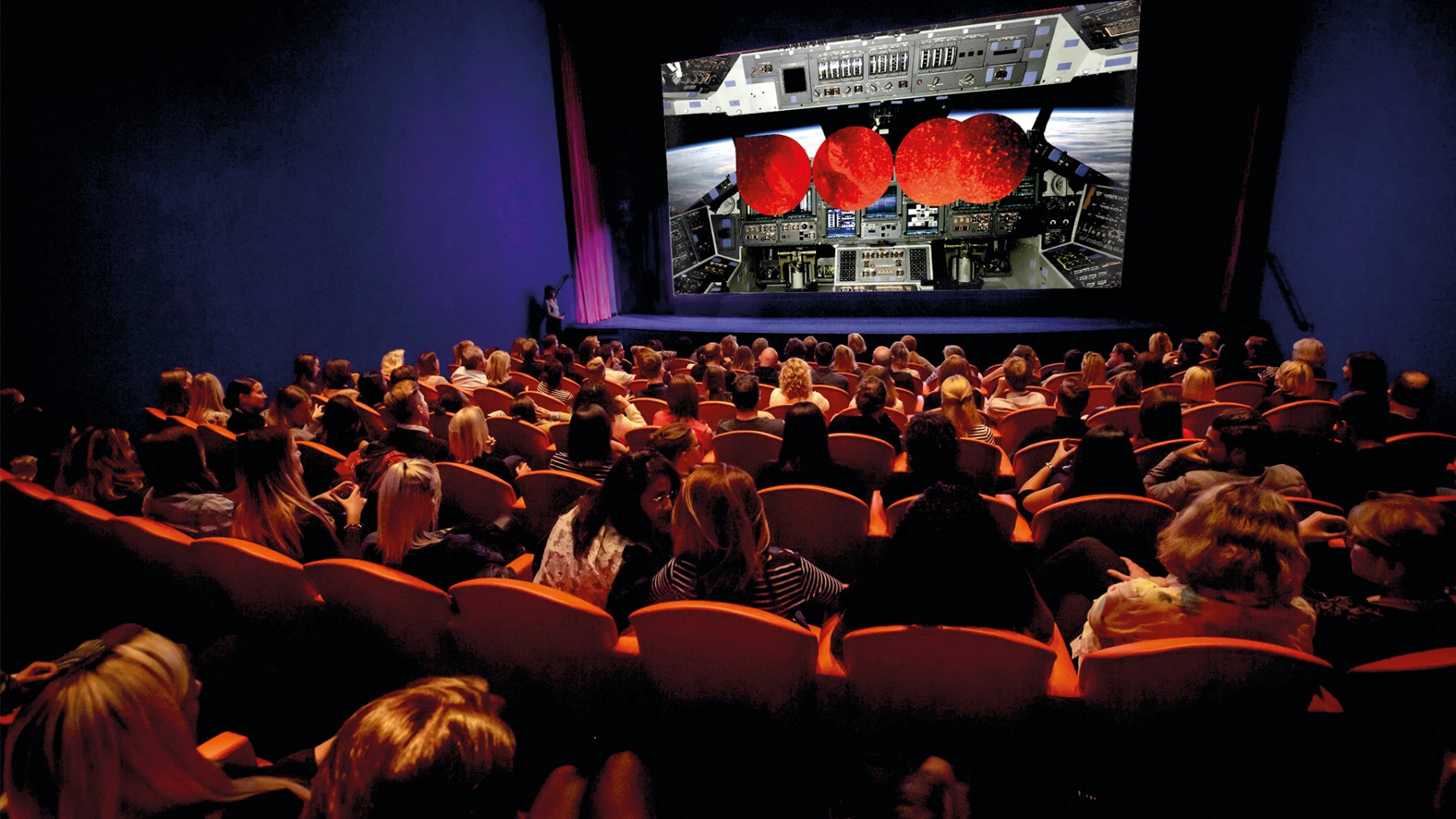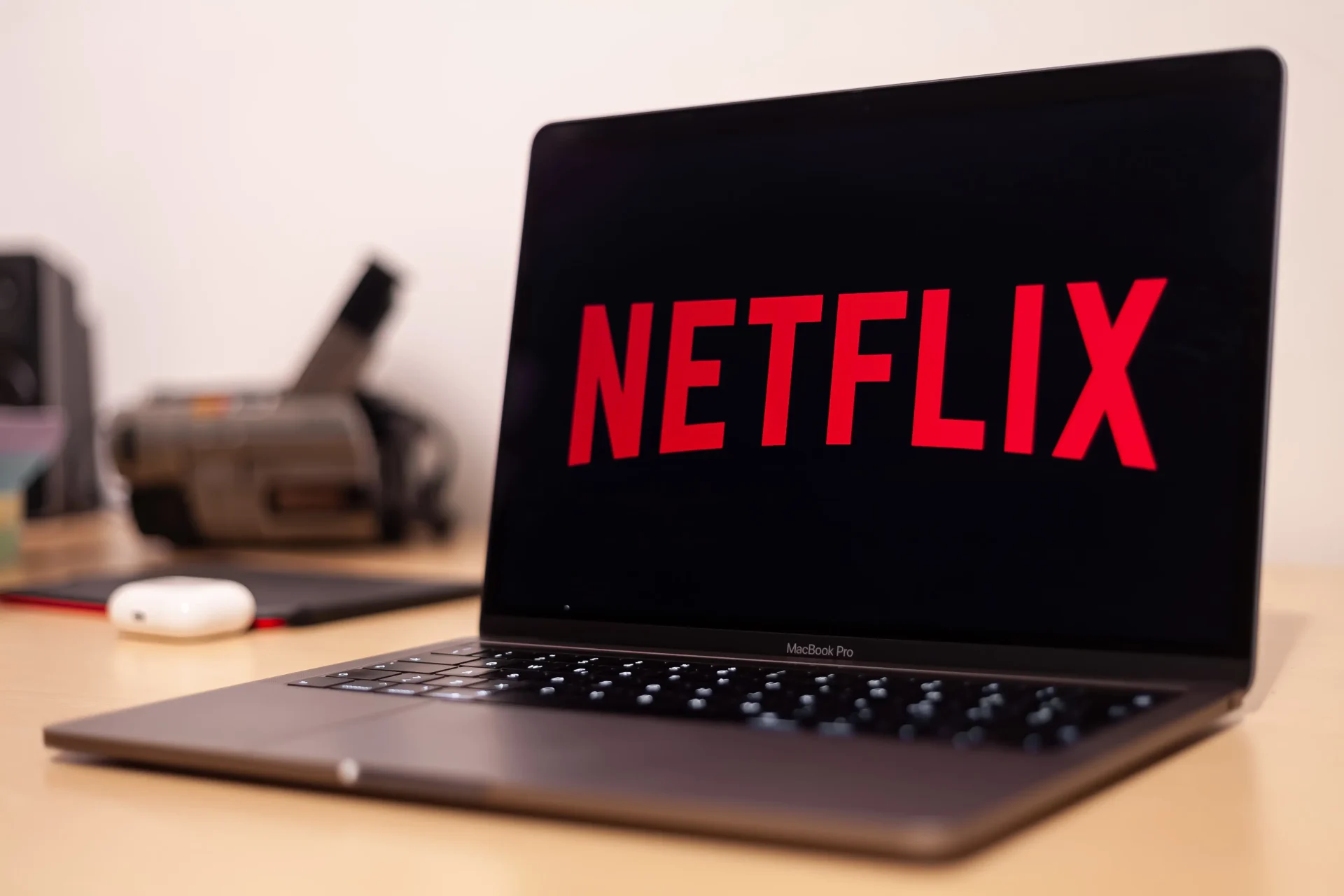
In a late-night tweeting session on Twitter, Elon Musk, the visionary entrepreneur, and CEO, revealed the much-anticipated rebrand of the platform to its new identity, X.
Musk, known for using single-letter names in company and product titles, made the announcement through a series of tweets, signalling a pivotal moment for the social media giant. Alongside his Twitter thread, Musk reportedly sent an internal email to Twitter employees, informing them of the rebrand and mentioning that this would be the last time he would email from a Twitter address.
The reception to the rebrand has been a mixed bag. While many of Musk’s followers applauded the change, long-time Twitter users seemed less enthused. Even Marques Brownlee, a prominent user who joined the platform back in 2009, jokingly tweeted (or should we say ‘Xed’) that he would continue calling it Twitter, to which Musk cryptically responded, “Not for long.” Some have even gone as far as to say that the rebrand was a high-risk move, considering the current competitive outlook for Twitter with advertisers withholding spend and the emergence of Threads as a potential “Twitter killer”.
The change of brand name to ‘X’ embodies Twitter’s bold vision for the future of social media, promising innovation, and interactivity. The company intends to transform its user experience, placing a strong emphasis on enhancing privacy and control over user data. While specific details remain undisclosed, Musk has hinted at incorporating blockchain technology, aiming to make ‘X’ the ultimate “Swiss army knife of mobile apps.”
Linda Yaccarino, Twitter’s CEO, sees X as an opportunity to “transform the global town square,” aligning with the company’s grand vision for the future of social media. The platform envisions a limitless interactive space, encompassing audio, video, messaging, payments/banking, and becoming a global marketplace for ideas—all driven by AI.
The transition to ‘X’ has been a carefully orchestrated process, evident in the platform’s recent developments. Long-form publishing has elevated the quality and depth of content, benefiting writers and users alike. The video offering has become more immersive, embracing vertical video and long-form content. ‘X’ has become a promising space for creators to thrive and monetize their content. Additionally, ‘X’ boasts improved brand adjacency protections for advertisers, ensuring a more controlled and brand-safe environment.
Elon Musk’s audacious rebranding of Twitter to ‘X’ marks a shift in the social media landscape, signalling both challenges and opportunities for advertisers. As ‘X’ shapes the future of social media, marketing teams will need to adapt their strategies to this new, transformative platform.










Recent Comments